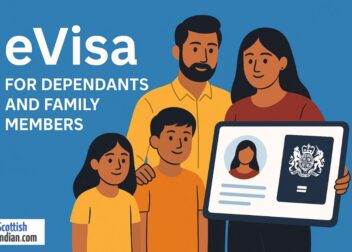How Edinburgh Locals Can Save 20% at the 2025 Christmas Market
The Edinburgh Christmas Market returns in 2025 with all its festive sparkle. towering rides. twinkling stalls. cosy food huts. and celebrations stretching from East Princes Street Gardens to George Street. […]









